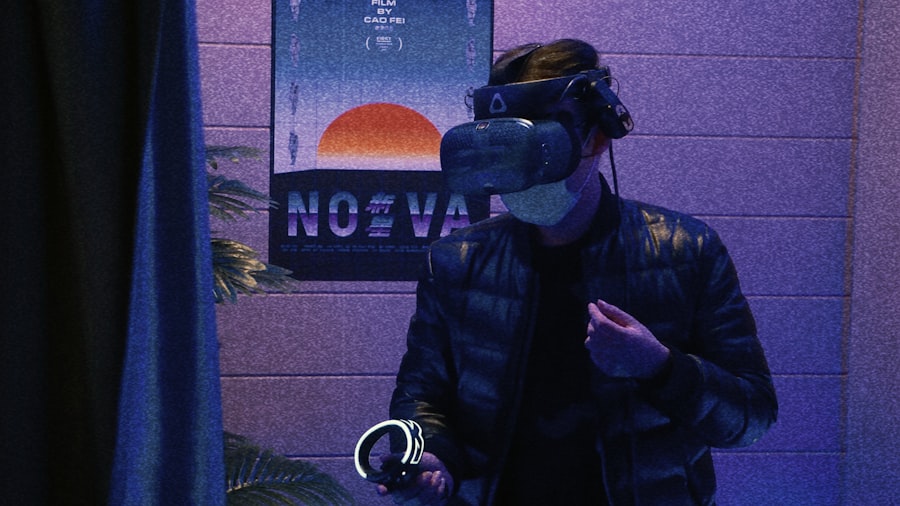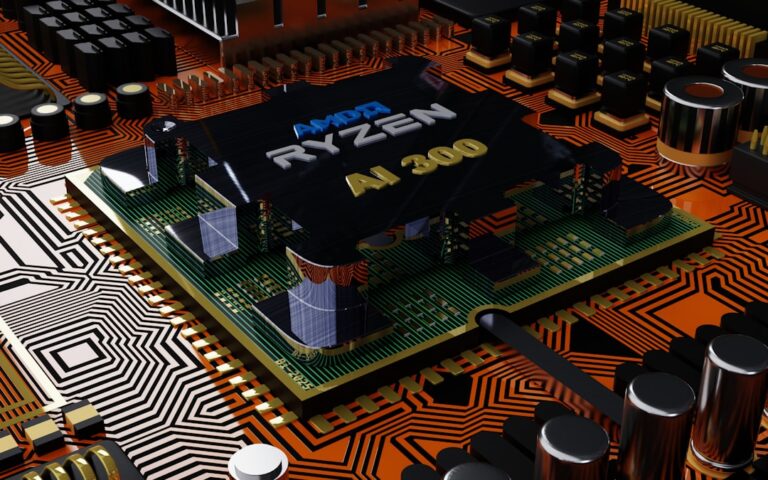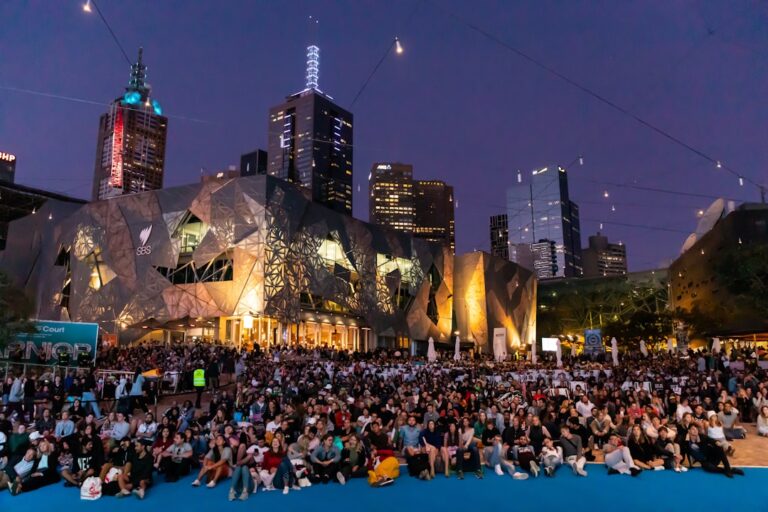Augmented Reality (AR) represents a transformative technology that overlays digital information onto the real world, enhancing the user’s perception and interaction with their environment. Unlike Virtual Reality (VR), which immerses users in a completely digital realm, AR enriches the physical world by integrating computer-generated elements such as images, sounds, and other sensory stimuli. This blending of the virtual and real worlds has gained significant traction in recent years, driven by advancements in mobile technology, computer vision, and artificial intelligence.
The proliferation of smartphones equipped with powerful cameras and sensors has made AR more accessible than ever, allowing users to experience this innovative technology in their everyday lives. The applications of AR are vast and varied, spanning numerous sectors from entertainment to healthcare. As the technology continues to evolve, it is becoming increasingly clear that AR has the potential to revolutionize how we interact with information and our surroundings.
By providing contextual data in real-time, AR can enhance decision-making processes, improve learning experiences, and create engaging interactions that were previously unimaginable. As we delve deeper into the potential of AR across different industries, it becomes evident that this technology is not merely a passing trend but a fundamental shift in how we perceive and engage with the world around us.
Key Takeaways
- Augmented Reality (AR) is a technology that overlays digital information onto the real world, enhancing the user’s perception of their environment.
- AR has the potential to revolutionize various industries including healthcare, education, entertainment, gaming, and retail by providing immersive and interactive experiences.
- Advancements in AR technology, such as improved hardware and software, are making AR more accessible and user-friendly, leading to increased adoption and innovation.
- In education and training, AR can provide hands-on learning experiences and simulations, improving engagement and knowledge retention.
- In healthcare, AR can assist in medical training, surgery planning, patient education, and rehabilitation, leading to improved patient outcomes and experiences.
The Potential of Augmented Reality in Various Industries
Enhancing Productivity in Manufacturing
In manufacturing, for instance, AR can streamline processes by providing workers with real-time data and visual instructions directly overlaid on machinery or assembly lines. This capability not only enhances productivity but also reduces the likelihood of errors during complex tasks. Companies like Boeing have already implemented AR solutions to assist technicians in wiring harness assembly, resulting in significant time savings and improved accuracy.
Transforming the Tourism Experience
In the tourism sector, AR can transform how travelers explore new destinations. By using AR applications on their smartphones or smart glasses, tourists can access historical information, navigate unfamiliar areas, and even receive recommendations for nearby attractions or dining options. For example, the “AR City” app allows users to point their devices at landmarks to receive instant information about their history and significance.
Enriching the Travel Experience
This interactive experience enriches the travel experience, making it more informative and engaging while fostering a deeper connection to the places being visited.
Advancements in Augmented Reality Technology

The advancements in Augmented Reality technology have been remarkable over the past few years, driven by improvements in hardware capabilities and software development. One of the most significant breakthroughs has been in computer vision algorithms, which enable devices to recognize and track objects in real-time with high precision. This capability allows for more seamless integration of digital content into the physical world, enhancing user experiences.
For instance, ARKit by Apple and ARCore by Google have provided developers with robust frameworks to create sophisticated AR applications that can accurately map environments and interact with real-world objects. Moreover, the development of lightweight and affordable AR headsets has further propelled the technology into mainstream use. Devices like Microsoft’s HoloLens and Magic Leap One have demonstrated how AR can be utilized in professional settings, offering hands-free experiences that allow users to interact with digital content while remaining engaged with their physical surroundings.
These advancements have opened new avenues for collaboration and creativity, enabling teams to work together in virtual spaces while being physically present in their respective locations.
Augmented Reality in Education and Training
| Metrics | 2018 | 2019 | 2020 |
|---|---|---|---|
| Number of AR apps for education | 500 | 800 | 1000 |
| Percentage of educators using AR | 25% | 40% | 60% |
| Effectiveness in knowledge retention | 70% | 75% | 80% |
In the realm of education and training, Augmented Reality has emerged as a powerful tool that enhances learning experiences by making them more interactive and immersive. Traditional educational methods often struggle to engage students fully; however, AR can bridge this gap by providing dynamic visualizations of complex concepts. For example, anatomy students can use AR applications to visualize 3D models of human organs superimposed on their peers or anatomical mannequins, allowing for a more comprehensive understanding of human biology.
Training programs across various industries have also benefited from AR’s capabilities. In fields such as aviation or manufacturing, trainees can engage in simulated environments where they can practice skills without the risks associated with real-world scenarios. Companies like Siemens have implemented AR training solutions that allow employees to learn how to operate machinery through interactive overlays that guide them step-by-step.
This hands-on approach not only accelerates the learning process but also boosts retention rates as learners actively engage with the material.
Augmented Reality in Healthcare
The healthcare industry stands to gain immensely from the integration of Augmented Reality technologies. Surgeons can utilize AR systems during operations to overlay critical information such as patient vitals or 3D models of organs directly onto their field of view. This capability enhances precision during procedures and reduces the likelihood of complications.
For instance, during complex surgeries like tumor removals, surgeons can visualize the tumor’s location relative to surrounding tissues in real-time, allowing for more informed decision-making. Additionally, AR can play a crucial role in patient education and rehabilitation. Patients can use AR applications to visualize their treatment plans or understand their conditions better through interactive models that illustrate how diseases affect their bodies.
In rehabilitation settings, AR can provide patients with engaging exercises that encourage movement while tracking their progress through gamified experiences. This not only motivates patients but also fosters a sense of agency over their recovery process.
The Impact of Augmented Reality on Entertainment and Gaming

Immersive Gaming Experiences
Games like Pokémon GO have demonstrated the power of AR in creating engaging experiences that encourage players to explore their surroundings while interacting with virtual elements that appear to exist in their physical space. This innovative approach has not only revitalized interest in mobile gaming but has also fostered social interaction among players as they gather in public spaces to catch virtual creatures.
Enhancing Live Events and Theme Parks
Beyond gaming, AR is making a significant impact in other entertainment sectors such as live events and theme parks. For instance, Disney has experimented with AR experiences that enhance storytelling during attractions or performances. By using AR-enabled devices or apps, visitors can unlock additional content or interactive elements that enrich their experience at the park.
Setting a New Standard for Engagement
This integration of technology into entertainment not only captivates audiences but also sets a new standard for engagement that other industries may seek to emulate. As AR technology continues to evolve, we can expect to see even more innovative applications in the entertainment industry, further blurring the lines between the physical and digital worlds.
Augmented Reality and the Future of Retail
The retail sector is undergoing a significant transformation thanks to Augmented Reality technologies that enhance customer experiences both online and offline. Retailers are increasingly adopting AR solutions to allow customers to visualize products in their own environments before making a purchase decision. For example, furniture retailers like IKEA have developed AR applications that enable users to see how a piece of furniture would look in their home by simply pointing their smartphone camera at the desired space.
This capability reduces uncertainty for consumers and can lead to higher conversion rates. Moreover, AR can personalize shopping experiences by providing customers with tailored recommendations based on their preferences and behaviors. Retailers can use AR to create interactive displays that engage customers while providing them with relevant information about products.
This not only enhances customer satisfaction but also minimizes returns due to mismatched expectations.
The Ethical and Privacy Concerns of Augmented Reality
As Augmented Reality continues to permeate various aspects of daily life, ethical and privacy concerns have emerged as critical issues that need addressing. One major concern revolves around data privacy; AR applications often require access to personal data such as location information or camera feeds to function effectively. This raises questions about how this data is collected, stored, and used by companies.
Users may be unaware of the extent of data collection occurring behind the scenes, leading to potential misuse or unauthorized sharing of sensitive information. Additionally, there are ethical implications related to the potential for augmented experiences to manipulate perceptions or behaviors. For instance, if AR applications are used for advertising purposes without clear disclosure, consumers may be influenced by content they believe is part of their reality rather than an advertisement.
As this technology continues to evolve, it is imperative for developers and policymakers to establish guidelines that protect users’ rights while fostering innovation in this exciting field.
If you are interested in exploring the philosophical implications of technology like Augmented Reality, you may find





















+ There are no comments
Add yours